
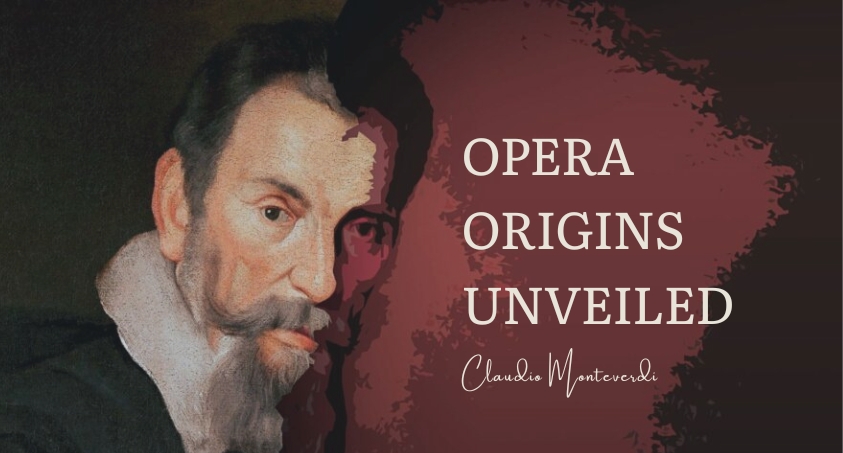
The Renaissance was a period of profound transformation that ushered in a new era of creativity and expression. Among its many artistic innovations, opera stands out as a unique fusion of music, drama, and visual spectacle. Emerging in the late 16th century, opera marked the beginning of a new era in the performing arts, blending the grandeur of the stage with the emotional power of music. Understanding the origins of opera is crucial to appreciating its evolution into one of the most enduring and beloved art forms in Western culture.
The Renaissance was characterized by a revival of classical antiquity and a renewed interest in ancient Greece and Rome's art, literature, and philosophy. This cultural backdrop played a significant role in the development of opera.
The combination of these cultural influences—humanism, the revival of classical antiquity, the patronage of the Italian courts, and the rise of secularism—created fertile ground for the birth of opera as a new and dynamic art form.
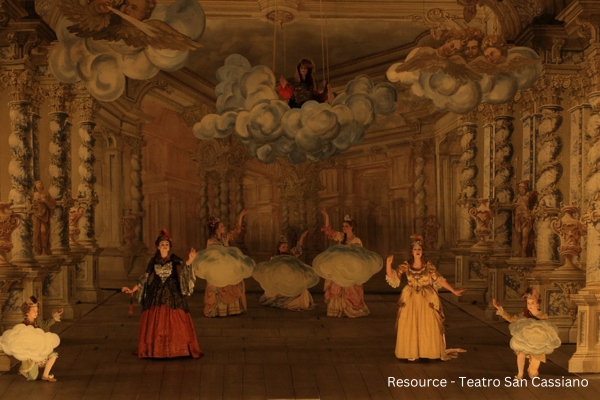
Before opera was established as a distinct genre, several experimental forms laid the groundwork. These early experiments were crucial in shaping opera's future.
These early forms, with their blend of music, drama, and visual spectacle, directly influenced the birth of opera, providing a foundation upon which the genre could develop.
The emergence of opera during the Renaissance was a musical revolution and a transformation in the spaces where these performances took place. Early opera houses were often court theaters or specially designed spaces within palaces that reflected the grandeur and cultural ambitions of the period. Notable examples include:
Designed by the renowned architect Andrea Palladio, this is one of the oldest surviving Renaissance theaters. Although initially intended for classical plays, its design and acoustic properties influenced early opera productions.
Another of Palladio's architectural masterpieces, this theater was a venue where the dramatic arts, including early operatic performances, were staged in an intimate and innovative space.
Built slightly later but still rooted in Renaissance design, this theater is famous for its exquisite stage and innovative use of perspective, which allowed for more elaborate opera productions.
While no longer standing, the Uffizi Theater was one of the venues commissioned by the Medici family. Through their patronage of composers like Peri and Caccini, the Medici family played a significant role in the development of early opera.
These Renaissance opera houses, with their distinctive architectural designs and emphasis on the visual spectacle, provided a fitting backdrop for the new art form of opera. They allowed for the experimentation with stagecraft and acoustics that would become hallmarks of the operatic experience, setting the stage—quite literally—for the future of opera as we know it.
The creation of the first operas is closely associated with several key figures whose contributions were pivotal in shaping the genre's early development.
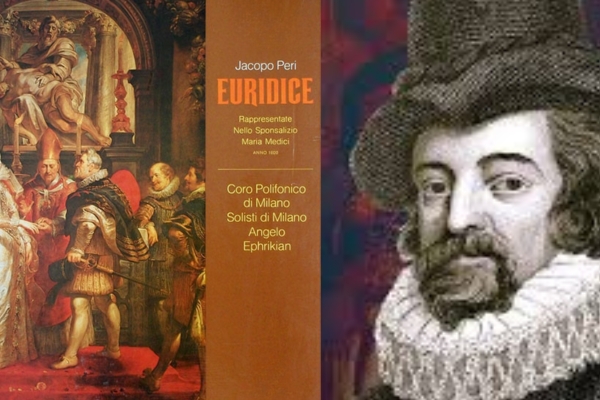
Member of the Florentine Camerata, a group dedicated to reviving the dramatic arts of ancient Greece. Composed "Dafne" around 1597, it is considered the earliest known opera. Although most of the music has been lost, it laid the foundation for the operatic form. In 1600, composed "Euridice" is the earliest surviving opera. It was performed at the wedding of Maria de' Medici and Henry IV of France. This work demonstrated opera's potential to convey powerful emotions and complex narratives through music.
He was regarded as the composer who transformed opera into a mature and sophisticated art form. "L'Orfeo" (1607) is one of the earliest operas still regularly performed today. It expands on Peri's innovations with a greater range of musical expression and more complex orchestration. Monteverdi's use of instrumental color, dramatic contrasts, and expressive vocal lines marked a significant evolution in opera, establishing it as a powerful medium for emotional and philosophical exploration.
Instrumental in shaping the monodic style that characterized early operatic singing. Monody, a style of solo singing with instrumental accompaniment, allowed composers to emphasize text and express emotions more directly. Caccini's theories on music and drama profoundly influenced his contemporaries and successors, helping to establish principles that would guide opera's development for centuries.
These pioneers established the operatic genre, each contributing to the art form's foundational techniques and styles.
Renaissance opera is defined by several key stylistic elements that distinguish it from other music and drama forms of the period.
Monody focused on clear and direct text expression, a departure from the polyphonic music of the medieval period, which often obscured the words. Recitative, a singing style mimicking the natural rhythms of speech, was used to advance the plot and create an immediate connection between the characters and the audience.
Composers began experimenting with different instrumental combinations to enhance the drama of their works. Early operas commonly featured instruments like the theorbo, harpsichord, and viola da gamba, which added rich, textured sounds to the performances.
Clear diction and expressive phrasing were essential for conveying the text's meaning. Composers often wrote for specific voice types, such as castrati, to achieve the desired effect. Singers' use of ornamentation and improvisation added spontaneity and virtuosity to performances.
Libretti often focused on classical themes of love, mythology, and heroism, reflecting the cultural values of the time. Notable librettists, like Ottavio Rinuccini, collaborated closely with composers to create intellectually engaging and emotionally compelling works.
These elements gave Renaissance opera its distinctive character and set the stage for its continued evolution into the Baroque period and beyond.
The innovations of the Renaissance period laid the groundwork for the Baroque era, where opera flourished and expanded in scope. The principles established during the Renaissance, such as the importance of text expression and the fusion of music and drama, continued influencing composers like Handel, Vivaldi, and Mozart. Many early operas are revived today in historically informed productions that seek to recreate the original experience for contemporary audiences. Renaissance opera provides valuable insights into the evolution of Western music and drama, offering musicians and scholars a deeper understanding of operatic forms and techniques.
Today, the legacy of Renaissance opera is still evident in performances and productions, ensuring that this art form resonates with audiences and scholars alike.
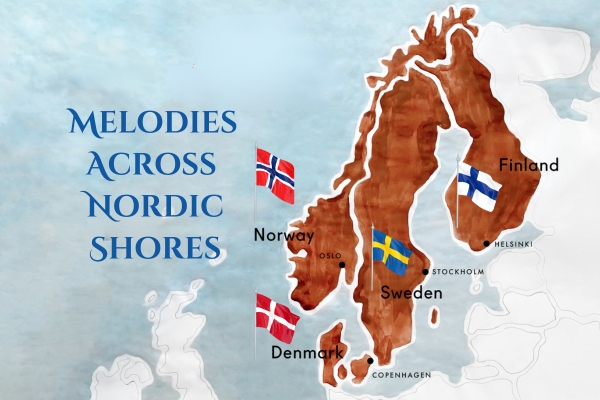
A Cultural Journey Through Time Opera has been esteemed as a significant art form in Scandinavia for many years. It is characterized by the intricate integration of classical traditions with innovative contemporary performances.
December 27, 2024

The Renaissance was a period of profound transformation that ushered in a new era of creativity and expression. Among its many artistic innovations, opera stands out as a unique fusion of music, drama, and visual spectacle.
September 05, 2024
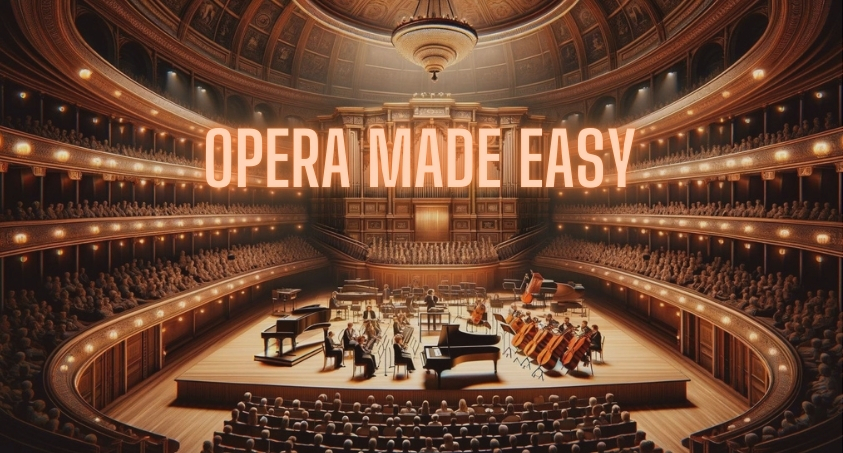
Opera, a dramatic art form combining music, singing, acting, and often dance, has captivated audiences for centuries. This guide aims to simplify opera's essential terms and concepts, making it accessible and engaging for beginners.
August 12, 2024

Opera, a dramatic art form that seamlessly combines music, singing, acting, and often dance, has captivated audiences for over four centuries. This grand spectacle has evolved alongside changes in musical styles, cultural tastes, and artistic innovations.
August 15, 2024